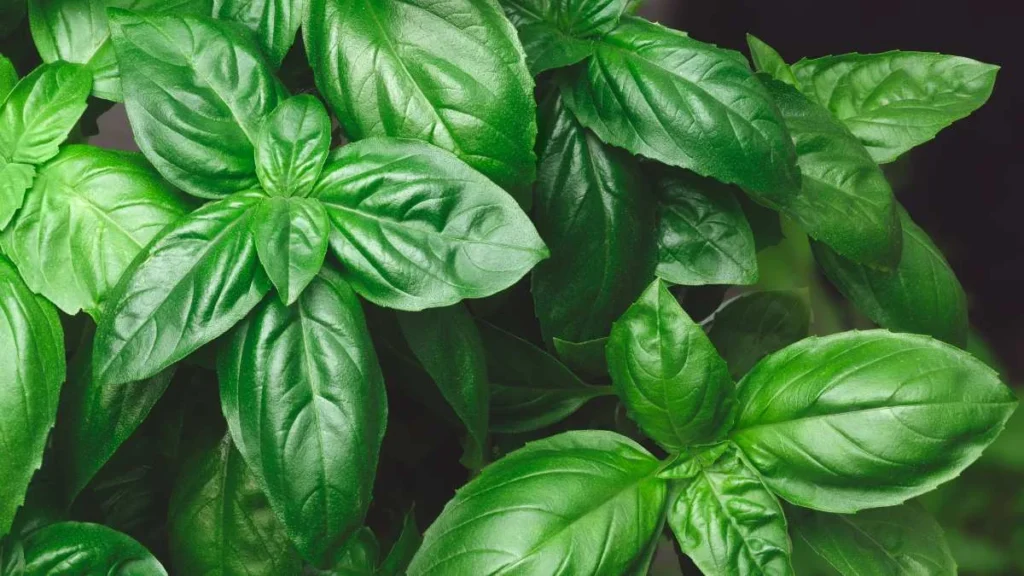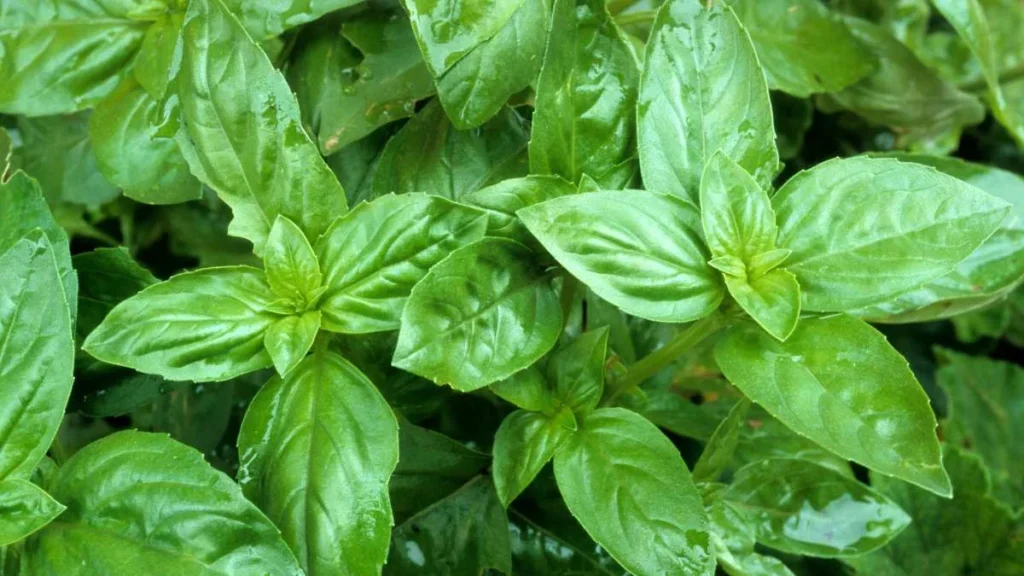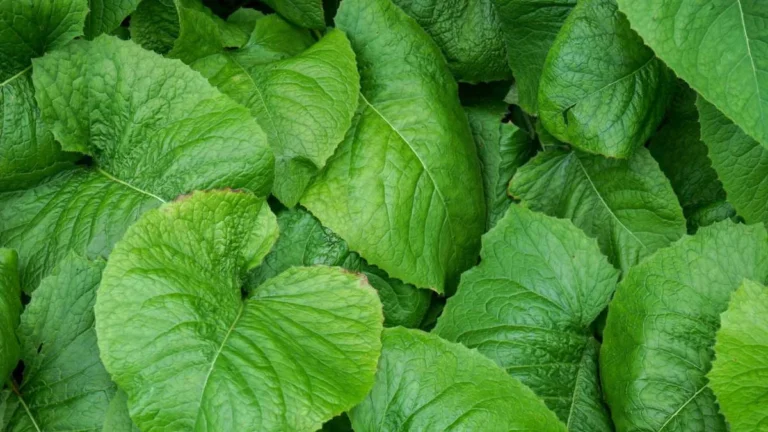Albahaca, more commonly known as basil in English, is a culinary and medicinal powerhouse that holds a cherished spot in kitchens and traditional medicine cabinets around the world. With its origins traced back to ancient times, basil has evolved from a simple herb to a symbol of vitality and an essential component in various cultural cuisines. This article delves deep into the world of basil, exploring its varieties, uses, and the scientific backing behind its health benefits.
Botanical Profile
Scientifically referred to as Ocimum basilicum, basil is a member of the mint family, Lamiaceae. It is characterized by its vibrant green, rounded pointed leaves, which may show hints of purple or red, especially among certain varieties. The plant is highly aromatic, a feature that has made it popular in both culinary and medicinal applications.
Varieties of Basil
There are over 60 known varieties of basil, each with its unique flavor, aroma, and color. The most commonly cultivated types include:
- Genovese Basil: Often used in Italian dishes, Genovese basil is prized for its bright flavor and large, tender leaves, making it perfect for pesto.

- Cinnamon Basil: Known for its spicy, cinnamon-like aroma, this variety is a favorite in Mexican spice mixes and lends a unique twist to sweet dishes.

- Lemon Basil: With a refreshing citrus aroma, lemon basil is excellent in teas and complements seafood dishes beautifully.

- Thai Basil: A staple in Thai cuisine, this variety stands out for its anise-like flavor and is commonly used in curries and noodle dishes.

Each variety of Albahaca or basil offers a different taste profile and expands the culinary uses of this versatile herb.
Culinary Uses of Albahaca
In the kitchen, basil is a global favorite. In Latin American cuisine, basil adds a refreshing layer to salsas and moles. Italian cooking would be incomplete without basil, where it stars in dishes such as Caprese salad and Margherita pizza. Thai and other Southeast Asian cuisines use basil to bring a complex sweetness to spicy dishes.
The herb is not only loved for its flavor but also for its ability to transform simple meals into fragrant, mouth-watering dishes. Fresh basil leaves are typically torn rather than chopped to preserve their delicate flavors and are often added at the last moment to maintain their vibrant color and aroma.
Medicinal Uses and Health Benefits
Beyond its culinary applications, basil has a rich history of medicinal use. It contains a range of natural compounds that contribute to its health-promoting properties, including antioxidants, anti-inflammatory agents, and essential oils that have been shown to have antimicrobial properties.
- Stress Adaptation: Holy basil, or Tulsi, acts as an adaptogen, enhancing the body’s natural response to physical and emotional stress. Studies indicate that basil can help address psychological stress symptoms, such as forgetfulness and sexual problems.
- Antidepressant and Anti-anxiety Properties: Research published in the Journal of Ayurveda and Integrative Medicine highlights that basil has significant antidepressant and anti-anxiety effects, comparable to diazepam but without the side effects.
- Respiratory Ailments: Basil can be used to make teas that alleviate coughs and symptoms of bronchitis.
- Digestive Health: A concoction made from the whole plant can relieve symptoms of diarrhea, nausea, and vomiting.
- Skin and External Treatments: Basil is also beneficial in treating skin conditions such as eczema and can soothe insect bites when used as an essential oil.
Cultivation
Basil is relatively easy to grow, making it a favorite among gardeners and cooks who prefer fresh herbs. It thrives in warm, tropical climates but can be cultivated in temperate areas during the warmer months. Basil plants prefer sunny locations and well-drained soil, making them suitable for both garden beds and containers. This accessibility allows people around the world to enjoy fresh basil regardless of their gardening expertise.
Conclusion
Albahaca, or basil, is more than just an herb. It is a cultural icon, revered not only for its indispensable role in culinary arts but also for its therapeutic properties. As science continues to uncover the depth of its benefits, basil remains a symbol of health and wellness in many cultures. Its adaptability in the garden mirrors its versatility in the kitchen and medicine, solidifying its status as a truly indispensable herb in both traditional and modern practices. Whether used to enhance a dish or soothe a cough, basil continues to be a global favorite, cherished for its delightful combination of flavor and function.
